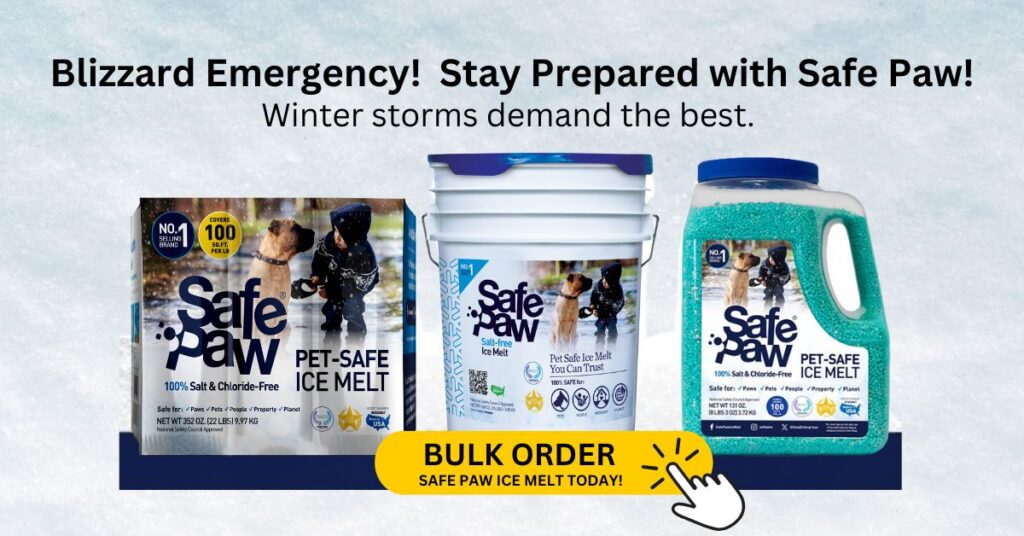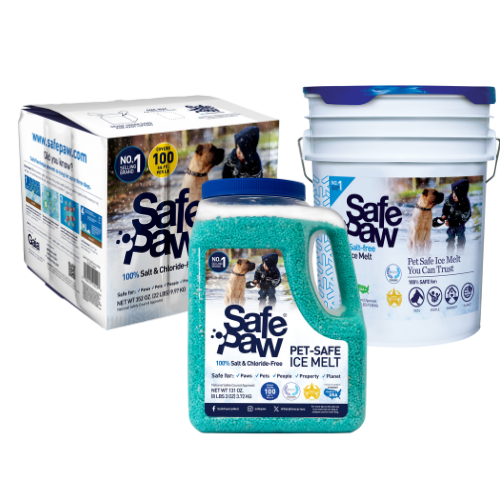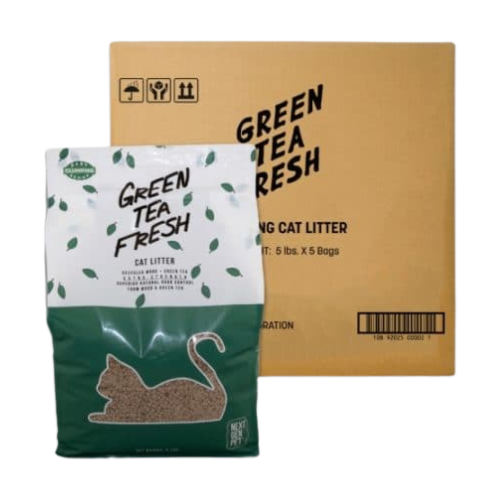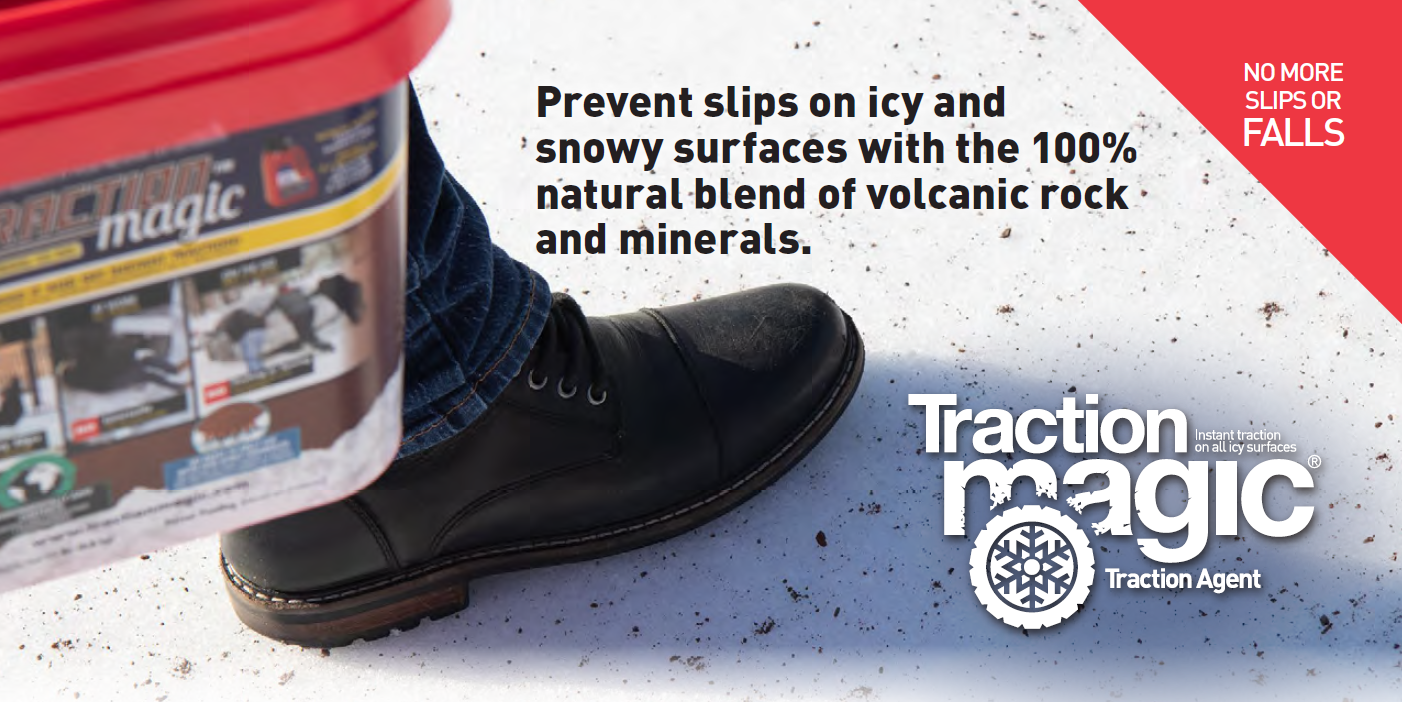Weather Basics: Understanding The Temperature Conditions For Snow
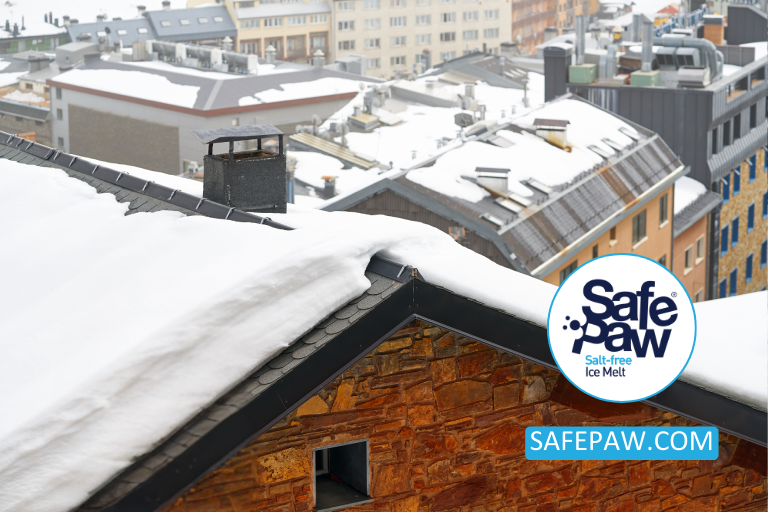
Have you ever wondered how cold does it have to be to snow? The answer lies in the intricate relationship between temperature and snow formation. In this article, we will explore the science behind snow formation, the freezing point of water, and the ideal temperature conditions for snowfall. Prepare to unravel the mysteries of snowflakes and gain a deeper understanding of the temperature conditions required for snow.
Introduction
Snowfall is a magical phenomenon that can transform the world into a winter wonderland. But what exactly determines whether we see snowflakes or not? Join us as we delve into the captivating science of temperature and snow formation, uncovering the secrets behind this awe-inspiring weather phenomenon.
Concrete Safe Ice Melt
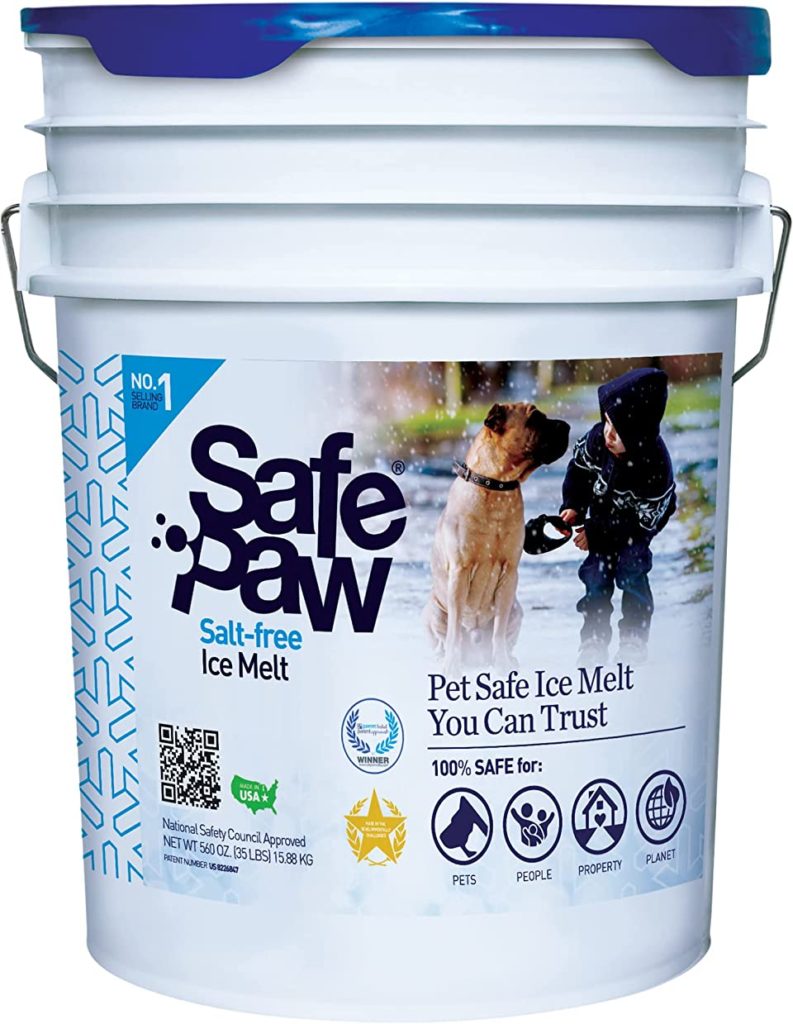
Safe Paw
The Original and the #1 Child and Pet Safe Ice Melt for over 20 years. Guaranteed environmentally safe – will not harm waterways and sensitive wetlands.
How Cold Does It Have To Be To Snow: The Science Of Snow Formation
- The Role Of Temperature In Snow Formation: Temperature plays a crucial role in the formation of snow. For snow to develop, the air temperature needs to be cold enough to freeze water droplets or ice crystals in the atmosphere. Understanding the relationship between temperature and snow formation is key to comprehending the conditions required for snowfall.
- Moisture Content And Atmospheric Conditions: In addition to temperature, moisture content and atmospheric conditions are vital factors in snow formation. Adequate moisture in the atmosphere, combined with the right temperature conditions, allows water vapor to transform into ice crystals or snowflakes.
The Freezing Point And Snowfall
- Freezing Point Of Water And Snow Formation
The freezing point of water, which is 32°F (0°C), serves as a critical threshold for snow formation. When the air temperature drops below this point, water droplets freeze and form ice crystals or snowflakes. However, the presence of other factors, such as atmospheric moisture, can influence the actual temperature at which snowfall occurs.
- Ideal Temperature Range For Snowfall
The ideal temperature range for snowfall typically falls between 25°F (-4°C) and 32°F (0°C). Within this range, the air is cold enough for snow formation, but not so cold that it inhibits the necessary moisture content in the atmosphere. However, it’s important to note that snowfall can still occur at slightly higher or lower temperatures depending on other atmospheric conditions.
Pet Safe Ice Melt – Safe Paw
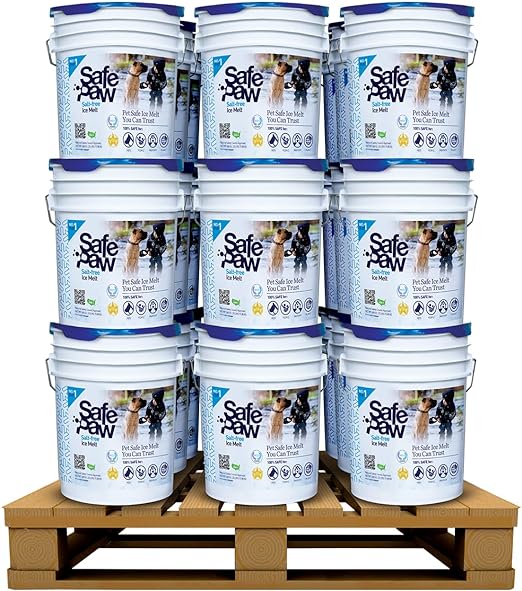
Safe Paw, Child Plant Dog Paw & Pet Safe Ice Melt -35lb, 36 Pails

Safe Paw, Child Plant Dog Paw & Pet Safe Ice Melt -22lb, 100Bboxes
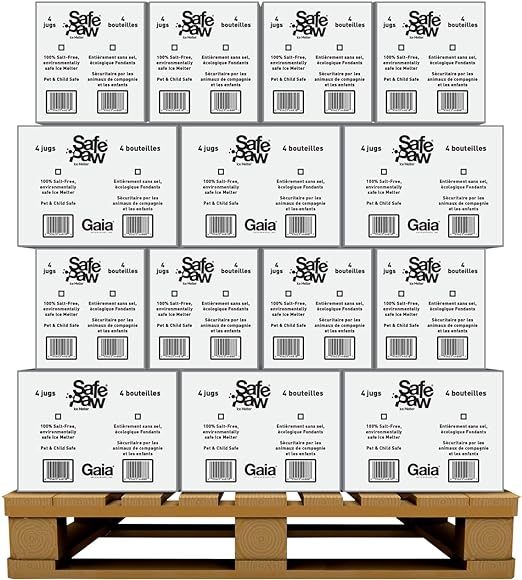
Safe Paw, Child Plant Dog Paw Pet Safe Ice Melt, 160 Jugs
Pet Products Powered By EzPz.pet
Factors Affecting Snowfall At Different Temperatures
- Wet Snow Vs. Dry Snow
Temperature variations can lead to differences in snow characteristics. Warmer temperatures near the freezing point tend to produce wetter snow, while colder temperatures result in drier, powdery snow. Understanding these variations helps us appreciate the different types of snow we encounter.
- Temperature Inversions And Snowfall Patterns
Temperature inversions, where a layer of warm air sits above a layer of cold air near the surface, can affect snowfall patterns. Inversions can cause snow to melt and refreeze before reaching the ground, resulting in less accumulation. This phenomenon is often observed in certain geographical areas or specific weather conditions.
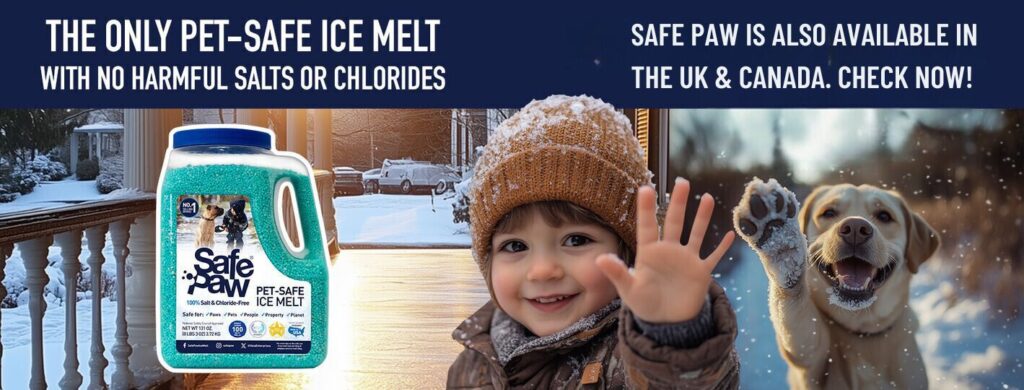
Extreme Cold And Snowfall
- Extremely Low Temperatures And Snow Formation: In exceptionally cold conditions, well below the freezing point, snow can still form due to the presence of ice nuclei in the atmosphere. Even at temperatures as low as -40°F (-40°C), snow crystals can develop, albeit with unique characteristics.
- Effects Of Severe Cold On Snow Characteristics : Extreme cold temperatures can impact snow characteristics, resulting in finer and lighter snow particles. These conditions can also lead to the formation of frost, hoarfrost, or ice fog, adding to the beauty of winter landscapes.
Precipitation and Sunlight Exposure
Snow and ice are very much affected by precipitation and sunlight exposure during the winter season. Two factors particularly, temperature and other forms of precipitation (sleet, rain, fog, and winter-type rain), and how much sun shines on the snow, will decide whether you will be using a snow shovel to clear your driveway or would be sliding on ice.
Regarding precipitation, snow is precipitated when the temperature of the atmosphere is freezing or below and when moisture is present in the atmosphere. Still, winter precipitation types vary. For example, you might have observed that a soft snowflake evaporates relatively quickly compared to heavy sticky snow. That is because there is a variation in moisture content in some of the snow types. More water content means more weight of the snow and a longer time to melt.
In another aspect, sunlight exposure is one factor which can facilitate the process of melting snow even when the air temperature remains below zero degrees all day long. Have you ever seen snow melt on your pavement slab when the temperature remains in the freezing zone? That’s the sun doing its work. Even in the winter or cold season of the year, snow melting can sometimes occur mainly because the sun is out. This is due to the fact that SOF overcoming the snowpack has penetrated through the solar energy held by the snow.
Winter Weather and Snow Melt
Every season has its fair share of weather-related problems winter season weather problems are termed winter weather. Marking its unique characteristic is the problem that is brought about which is most perplexing namely snow melting. You may think that when snow covers the ground, it remains until the temperature goes up beyond a certain level, and this is probably true in most cases. But for example, even such weather factors as sunlight wind or humidity may contribute to the melting of the snow cover in the winter.
Let me take the wind first. A windy day can help warm the snow surface and the air above, allowing for faster snow melting as cold air is being pushed out, even if actual temperatures are below zero. And again humidity is another factor. On humid snow-melting days, the snow does not melt as quickly as on dry, sunny days as the evaporation would take place without the melting stage.
In addition, the distribution and the melting of the snow that has fallen down are also determined by the topography and geography of the region. For example, cities have more rapid melting rates of snow because of the ‘urban heat island effect’. The heat that is absorbed and re-radiated from concrete, asphalt, and buildings accounts for faster melting of snow in urban areas as compared to rural.
Climate Change Impact on the Snowfall and Snow Melt
To talk about the snow and rainfall over winter without mentioning climate changes is a no-no. Over the last few decades, there have been changes in snowfall as well as trends of surging winter storms that show the increasing effect of climate change on weather systems across the globe. About winter changes, years with fewer snowfalls and more occurrence of extreme weather events are increasing the quantity and regularity of snowfall in various places.
As climate change compels temperatures to rise throughout the globe, some regions get less snow hence than they used to. In locations where there is still snow, higher temperatures cause temperature rises that cause snow to melt at an earlier date. This kind of early snow melting comes along with a chain of consequences. Early snow melting normally decreases the spring and summer water supply which in turn affects the ecosystems and the regions that depend on snowpacks for their water needs.
But instead, climate change also means heavy snowfalls. In some places, the heating climate can add extra moisture content and this is definitely causing more snow during winter storms. Thus, while parts of the world may have warmer winters and less snow, some regions may have very cold winters but with added snowfalls.
The problem with heavy snowfall in certain portions of the world is that once all that snow gets madly melted, there is flooding or oversaturation of the soil and other areas with very serious issues especially environmental and structural damage. Therefore we may still be having white winters but slush puppies instead and the interval between snowfalls has been increased plus more snow melts in shorter periods.
Gaia Enterprises Inc. delivers 100% pet-safe and environmentally friendly winter products. Safe Paw, our flagship product, is the #1 selling pet-safe ice melt that does not harm pets, safe if ingested, and safe on all types of concrete.
Conclusion
We hope now you know how cold does it have to be to snow. The temperature conditions required for snowfall are influenced by various factors, including the freezing point of water, moisture content, and atmospheric conditions. By understanding these dynamics, we gain insight into the awe-inspiring process of snow formation. So, next time you watch snowflakes gracefully descending from the sky, you’ll appreciate the intricate interplay between temperature and nature’s wintery spectacle.
Frequently Asked Questions (FAQs)
- Can It Snow At Temperatures Above Freezing?
While it’s less common, snow can still occur at temperatures slightly above freezing if other atmospheric conditions are favorable, such as low-level cold air or sufficient cooling aloft.
- Can Snowfall Occur In Extremely Cold Temperatures?
Yes, snow can form even at extremely low temperatures well below freezing. The presence of ice nuclei in the atmosphere allows snow crystals to develop, albeit with unique characteristics.
- Why Does Wet Snow Occur At Temperatures Near Freezing?
Warmer temperatures near the freezing point allow for partial melting of snowflakes, leading to the formation of wetter, compacted snow.
- What Are Temperature Inversions And How Do They Affect Snowfall?
Temperature inversions occur when a layer of warm air sits above a layer of cold air near the surface. Inversions can affect snowfall patterns by causing snowflakes to melt and refreeze before reaching the ground, resulting in reduced accumulation.
- Do Different Regions Have Different Temperature Requirements For Snowfall?
Yes, temperature requirements for snowfall can vary depending on factors such as elevation, geographical location, and prevailing weather patterns.
Other Ice Melt Products
Traction Magic
Stay safe on slippery surfaces with a product that’s 100% natural and safe for pets, people, and your property. Use Traction Magic on sidewalks, steps, or as instant traction for your car.
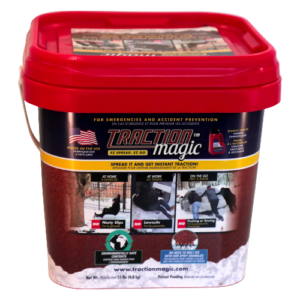
Safe Thaw
Imagine an ice melt you can put down and never worry about. It won’t harm pets, kids and your property. That’s Safe Thaw. Unlike anything else on the market, Safe Thaw can change how winter affects our planet.
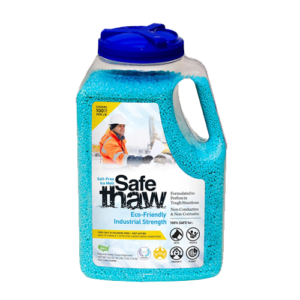
Walk On Ice
Prevent slips at home, work or on the go, The handy disposable canister can be taken everywhere, with the same 100% naturally occurring minerals that provide instant traction on ice or snow.
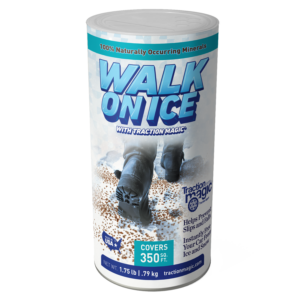
Safe Thaw
Imagine an ice melt you can put down and never worry about. It won’t harm pets, kids and your property. That’s Safe Thaw. Unlike anything else on the market, Safe Thaw can change how winter affects our planet.

